Container Shipping And Global Trade Revolution
How Container Shipping is Revolutionizing Global Trade
In today's globalizing economy, shipping containers have become an essential part of our lives, transporting goods across oceans and connecting people and businesses worldwide. Container shipping has revolutionized global trade, making it faster, safer, and more cost-effective than ever before. Humble steel boxes have transformed the way we transport goods, and their impact can be seen in every corner of the world. However, how has container shipping become the backbone of global trade? What are the benefits and challenges of the industry? In this article, we take a closer look at the history of container shipping, its impact on global trade, and the future of this ever-evolving industry. So, grab a cup of coffee and join us on a journey through the fascinating world of container shipping!
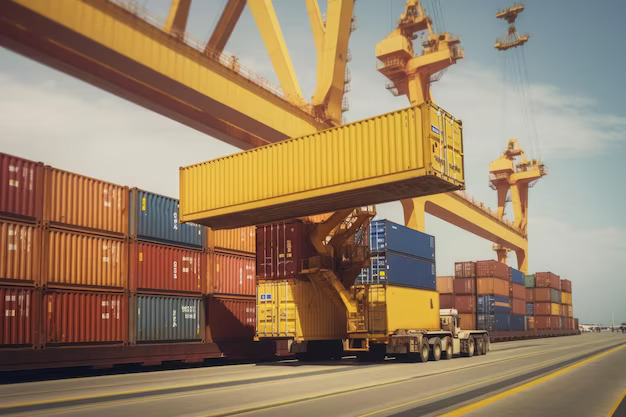

The history of container shipping and its impact on global trade
Container shipping, as we know today, was born in the 1950s when American entrepreneur Malcolm McLean realized that loading and unloading cargo from ships was a slow and laborious process. He proposed the idea of using standardized containers that could be easily moved from ship to truck to train, allowing for faster and more efficient transportation of goods. His company, container shipping overseas, launched its first container ship in 1956, and within a few years, container shipping revolutionized the industry.
The impact of container shipping on global trade is both immediate and significant. Before container shipping, goods are loaded and unloaded by hand, which is time-consuming, inefficient, and often results in damaged cargo. With the introduction of container shipping, goods can be loaded and unloaded much more quickly and safely, reducing the time and cost of transportation. This has made it possible for businesses to expand their markets and sell their products around the world, leading to an increase in global trade.
Today, container shipping is the backbone of global trade, with millions of containers carrying everything from electronics to food and clothing across the world's oceans. According to the United Nations Conference on Trade and Development (UNCTAD), around 80% of global trade by volume and over 70% by value is carried by sea, largely due to container shipping.
Benefits of container shipping for businesses and consumers
Container shipping offers numerous benefits for businesses and consumers. For businesses, there are a lot of advantages of container freight
container shipping makes it possible to transport goods quickly and efficiently, thereby reducing transportation costs and increasing profits. With the ability to quickly and easily ship goods overseas, businesses can expand their markets and reach new customers, leading to increased sales and growth opportunities.
For consumers, benefits of storage containers shipping refer to access to a wider range of products at lower prices. Goods that are only available in certain regions of the world are now easily accessible and affordable owing to container shipping. For example, fresh produce can be transported from South America to Europe in only a few days, ensuring that consumers have access to a variety of fruits and vegetables year-round.
In addition, container shipping has a positive impact on the global economy. Container shipping creates jobs and drives economic growth by facilitating international trade, particularly in developing countries. It also promotes competition and innovation, as businesses can access new markets and develop new products and services.
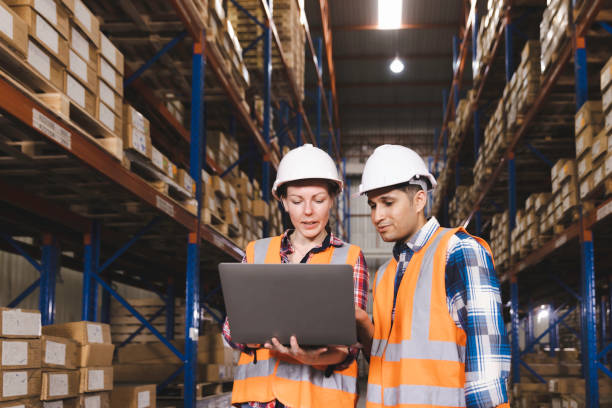

How container shipping works - from loading to unloading
Container shipping involves a complex process that begins with the loading of a container onto a ship and ends with the unloading of the container at its destination. The process is highly efficient and streamlined, allowing for quick and safe transportation of goods. Here's how it works:
1. Loading: The container was loaded onto a ship using cranes. The container is placed on a ship at a specific location, depending on its size and weight.
2. Transport: The ship transports containers across the ocean to its destination. During the journey, the container was secured to prevent it from moving or falling off the ship.
3. Unloading: Once the ship reaches its destination, the container is unloaded using the cranes. The container is then placed on a truck or train for transportation to its final destination.
Throughout the process, the container is carefully tracked using technologies such as GPS, ensuring that it arrives at its destination safely and on time.
Container shipping vs traditional shipping methods
Container shipping is a significant improvement over traditional shipping methods, such as break-bulk shipping, which involves loading cargo onto a ship piece by piece. Break bulk shipping is slow, inefficient, and often results in cargo damage. On the other hand, container shipping is much faster and more efficient, with goods loaded and unloaded in standard-sized containers that can be easily moved from ship to truck to train.
In addition to being faster and more efficient, container shipping also offers better cargo protection. containers bulk are designed to protect goods from damage during transportation with features such as locking mechanisms and waterproofing. This means that goods arrive at their destination under the same conditions as when they were loaded onto the ship.


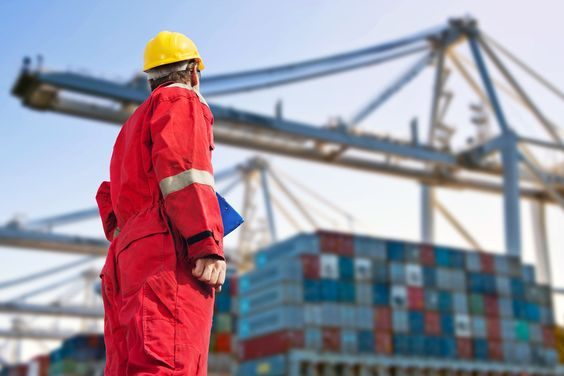

Technology advancements in container shipping
Technology plays a significant role in the evolution of container shipping. Container ships are equipped with advanced technology that allows for more efficient and safer transportation of goods. Some examples of technological advancements in container shipping are as follows.
1. GPS tracking: Containers are equipped with GPS technology that allows real-time tracking of their location, ensuring that they arrive at their destination on time.
2. Automated systems: Container terminals use automated systems to load and unload containers, thereby reducing the risk of accidents and increasing the efficiency.
3. Smart containers: Some containers are equipped with sensors that monitor temperature, humidity, and other environmental factors, ensuring that the goods arrive at their destination under optimal conditions.
These technological advancements have made container shipping even more efficient, reliable, and cost effective.
Environmental impact of container shipping
Container shipping has a significant environmental impact, particularly with regard to greenhouse-gas emissions. According to the International Maritime Organization (IMO), shipping accounts for approximately 2.2% of global greenhouse gas emissions, with container ships being a major contributor. However, the industry is taking steps to reduce its environmental impact with initiatives such as slow steaming, which involves sailing at a slower speed to reduce fuel consumption and emissions.
In addition to greenhouse gas emissions, container shipping also affects marine life. Noise pollution from ships can disrupt the communication and navigation of marine animals and the release of ballast water can introduce non-native species into new ecosystems. However, the industry is working to mitigate these impacts through measures, such as ballast water management systems and acoustic technologies that reduce noise pollution.
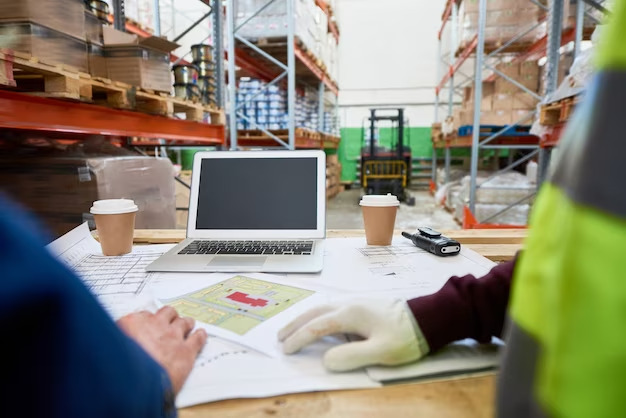

Challenges and risks in container shipping
Although container shipping international offers many benefits, it also comes with a fair share of challenges and risks. One of the biggest challenges is the risk of cargo theft, which can result in significant financial losses to businesses. Containers are also at risk of damage during transportation, particularly if they are not properly secured or exposed to extreme weather conditions.
Another challenge is the risk of piracy, particularly in areas such as the Gulf of Aden and Indian Ocean. Pirate attacks can be dangerous for crew members and result in the loss of cargo and equipment.
Finally, container shipping is highly dependent on global trade, which is affected by economic, political, and social factors. For example, trade sanctions and political instability can disrupt global trade flows, thereby affecting the demand for container shipping services.
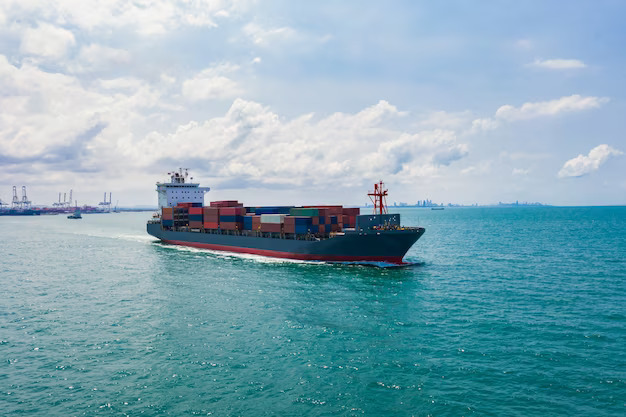



Future of container shipping
the future of the container shipping industry appears bright, with continued growth expected in coming years. According to a report by the World Trade Organization (WTO), container shipping is expected to grow by approximately 4% per year over the next decade. This growth is driven by factors such as increasing globalization, rising consumer demand, and the expansion of e-commerce
shipping companies worldwide invest in technology and innovation to meet the demands of this growing industry. This includes the development of larger, more efficient ships, the use of alternative fuels, and the adoption of digital technologies, such as blockchain and artificial intelligence.
Conclusion
Container shipping has revolutionized global trade, making it faster, safer, and more cost-effective than ever before. The humble steel box has transformed the way we transport goods, and its impact can be seen in every corner of the world. While container shipping comes with a fair share of challenges and risks, its benefits far outweigh the negatives. With continued investment in technology and innovation, container shipping has remained the backbone of global trade for many years.
Let’s collaborate!
Our team is always available to assist you.
Inquiries@transoceanegypt.com
Phone
+2 024178738
+2 024194948
+2 026905855
Location
8 Sizostrees street-Korba- 1st floor , Flat 103 , Heliopolis-Cairo
